A cat's ingrown nail is no fun! This pesky condition can cause irritation and some serious issues if left untreated. Not to mention, those little claws are constantly growing, and if they're not trimmed regularly, things can get out of hand.
But don't worry! We've got all the details on what causes ingrown nails, how to spot them, and most importantly, how to prevent and treat them. Let's begin!
What Is an Ingrown Cat Nail?

When a cat's claw grows under and into the surrounding skin instead of staying alligned in place, that's what you call an ingrown nail. This can cause soreness, swelling, and irritation if left untreated. It's easy to miss at first, but once you know what to look for, you'll be able to spot it right away.
Ingrown claws typically happen when the nail doesn't naturally wear down. Instead, it grows in a way that forces it into the paw pad. This is not only painful for your feline friend but can also lead to complications.
Understanding How an Ingrown Cat Claw Develops
An ingrown feline claw develops when a cat's nail keeps growing. Normally, a cat's claws get worn out through scratching or walking on abrasive surfaces, but sometimes that doesn't happen. The resulting overgrown nails can curl and dig into the cat's paws, causing irritation. Over time, redness, swelling, and even infection can develop.
For senior cats, the risk increases since their claws may grow faster or not get worn down as effectively. Keep an eye on your pet's nails to prevent unwanted paw problems.
Common Causes of Ingrown Nails in Cats

Several factors can contribute to a cat's ingrown nails. Here are some common causes:
-
Lack of Nail Trimming. When a feline's nails grow too long without getting trimmed, they can curl under and dig into the skin.
-
Nail Overgrowth. Claws that are not worn down properly can lead to overgrowth and ingrown nails.
-
Health Issues. Certain health conditions like arthritis or mobility problems can make it harder for a cat to maintain their nails.
Lack of Nail Trimming and Overgrowth
Without regular trims, a cat's nails can grow too long and start curling in on themselves. When claws become overgrown, they're not just unsightly; they can also become a painful condition for your kitty. Overgrown nails can snag on furniture and carpets or even get caught in their own paw pads, increasing the risk of injury. To keep your pet's claws in check, make regular nail trimming a part of their routine.
Health Issues That Can Contribute to Ingrown Nails
Certain health issues can make a feline more prone to ingrown nails. Conditions like arthritis or diabetes can reduce their ability to groom themselves properly, leading to longer nails and potential overgrowth.
Cats with mobility issues may also struggle to wear down their nails naturally, increasing the chances of ingrown claws. Senior pets may also experience nail overgrowth simply because they aren't as active.
If you notice any health changes in your feline friend, such as less grooming or difficulty walking, it could be a sign that their nails are becoming an issue. Regular vet checkups can help catch these problems early.
Do Ingrown Claws Cause Discomfort or Pain in Cats?

Yes, ingrown claws can certainly cause pain in our feline companions. When a claw grows into the surrounding skin, it can create irritation, swelling, and discomfort. As the nail digs into the paw pad, it can make it hard for your pet to walk or play. In severe cases, the nail may cause an infection, adding to the severity.
Your cat may show signs of distress, like licking their paws obsessively or limping. If you spot these symptoms, check those claws because an ingrown nail could be the culprit.
How to Comfort a Cat With Nail Discomfort
Paw Soaks with Epsom Salt
A warm Epsom salt soak (just a pinch of salt in a shallow bowl of warm water) may help soothe irritation or swelling around the nails. Keep the soak short (2–3 minutes max) and gently pat your cat’s paws dry afterward.
Cat-Specific CBD Applications
One effective remedy for your kitty's nail discomfort may CBD (cannabidiol) for cats. This might help ease aches, puffiness, and irritation. HolistaPet's CBD products for cats, in particular, are perfect for promoting relaxation and soothing any uneasiness your feline bestie might be feeling.
Gentle Paw Massage
Gently massaging your pet's paws and providing a comfortable, quiet space for them to relax can help ease their soreness. If you suspect an infection, don't hesitate to consult a vet for additional care, such as pain medication or antibiotics. Your cat will appreciate the extra TLC!
Coconut Oil Application
Organic, unrefined coconut oil can be gently massaged into the paw pads and surrounding nail area. It offers natural moisture and has mild soothing properties for dry, cracked, or itchy skin.
How To Treat an Ingrown Cat Nail

First, check your cat's paw for puffiness, redness, or irritation. If the nail is not severely embedded, you can try gently trimming the overgrown part. If you're unsure, it's best to seek help from a local groomer or your vet to avoid causing your cat any more pain.
Depending on the severity, your vet might recommend antibiotics to treat an infection or may need to remove the ingrown nail. In any case, getting the right treatment will safeguard your feline friend's health and comfort.
Step-By-Step Care for an Ingrown Cat Claw
Caring for an ingrown cat claw requires a careful approach to avoid further issues. Here's what you can do:
-
Gently lift your pet's paw to check the affected claw. Look for signs of redness, puffiness, or infection.
-
Use a damp cloth to clean the area around the ingrown nail. This helps prevent irritation and allows you to see the severity more clearly.
-
If the overgrown nail is not too deeply embedded, you can trim the excess. Be careful not to cut too far.
-
Use a mild antiseptic to clean the area further and prevent infection.
-
Keep an eye on the paw for any worsening symptoms, like increased redness, puffiness, or pus. If any of these occur, contact your vet.
Preventing Ingrown Nails in Cats
Preventing ingrown nails starts with good grooming habits and proper nail care. By maintaining a consistent grooming routine and giving your feline companion appropriate outlets for scratching, you can keep those paws in check.
Regular nail trims are a must, especially for cats with excess fur around their paws. Long fur can cause dirt to get trapped or grow unevenly. Adding a scratching post to your pet's environment can also help them wear down their claws naturally.
Regular Nail Maintenance and Proper Grooming
Trimming your cat's nails every few weeks keeps them from growing too long and curling into the paw pad. Felines with excess fur around their paws may need extra attention to make sure their claws stay clean and properly trimmed. The fur can trap dirt and moisture, making it easier for nails to grow improperly. Regular grooming not only prevents ingrown nails but also helps keep your four-legged friend's paws healthy and comfortable.
When To Consult a Vet About an Ingrown Cat Nail

If an ingrown nail is causing significant pain or signs of infection, it's time to consult a vet. Ignoring the issue can lead to more serious problems like painful swelling and permanent damage to the paw. If your cat is limping, excessively licking their paws, or showing distress, don't wait! Take them to the vet as soon as possible.
A vet can determine the severity of the ingrown claw and recommend the best treatment, whether that involves trimming, antibiotics, or even more specialized care. Trust your instincts, and always consult a professional if you feel unsure about the situation. Better safe than sorry!
Signs That Professional Care Is Needed
It's essential to recognize when your cat's ingrown nail requires professional care. Here are some clues:
-
Excessive Licking or Biting of the Paw. If your cat is obsessively licking or biting at their paw, it could mean soreness from an ingrown nail.
-
Visible Swelling or Redness. Any puffiness or redness around the claw could indicate an embedding of the nail or an infection.
-
Limping or Avoiding Use of the Paw. If your pet is limping or avoiding using their paw, the ingrown claw might be causing severe pain.
-
Bleeding or Pus. If you notice bleeding or any pus coming from the area, this could point to an infection that requires immediate veterinary attention.
If any of these signs show up, don't hesitate to contact your vet for a professional evaluation and treatment. Your feline friend's comfort and health are worth it!
Handle Ingrown Nails with Care—Start Here







![Probiotics For Dogs [Soft Chews] - HolistaPet](http://www.holistapet.com/cdn/shop/files/Probiotic-Infographic-1_472d7a29-e30c-435a-9638-1365d8c3a9f9.jpg?v=1725384841&width=104)
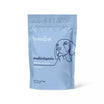



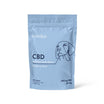
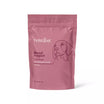


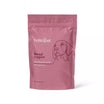
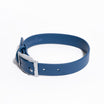
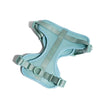
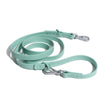
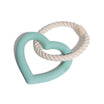
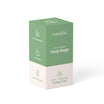
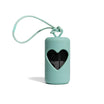



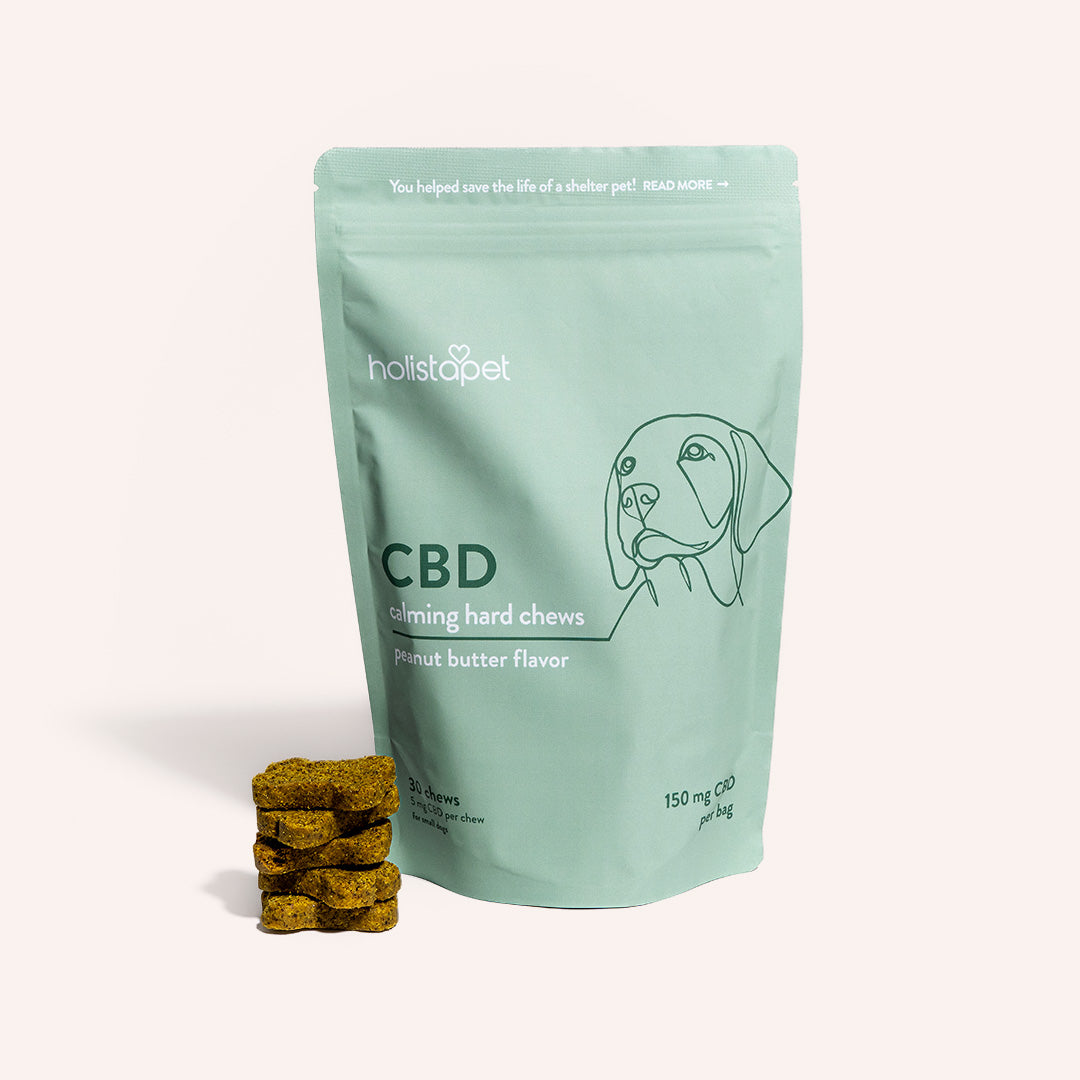
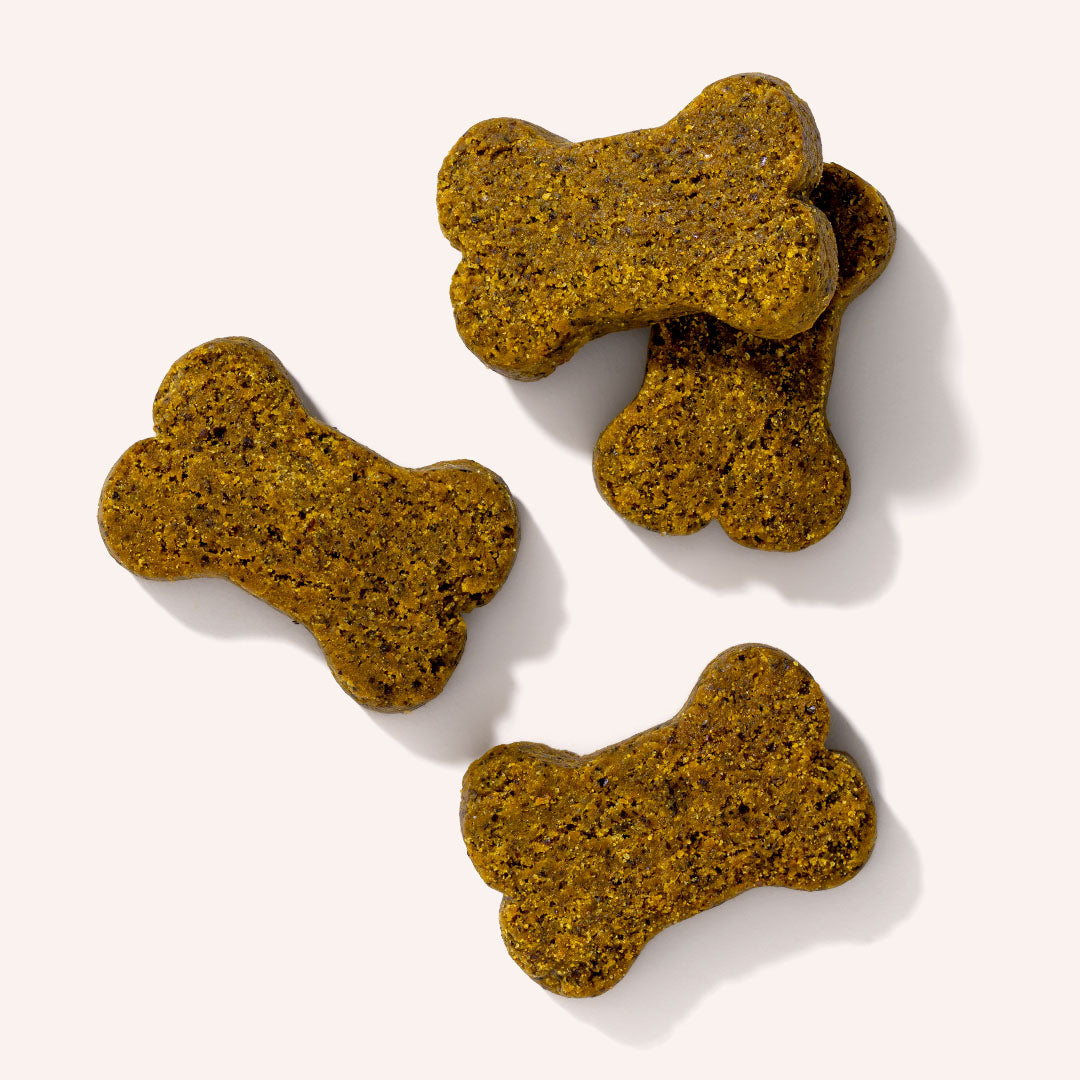
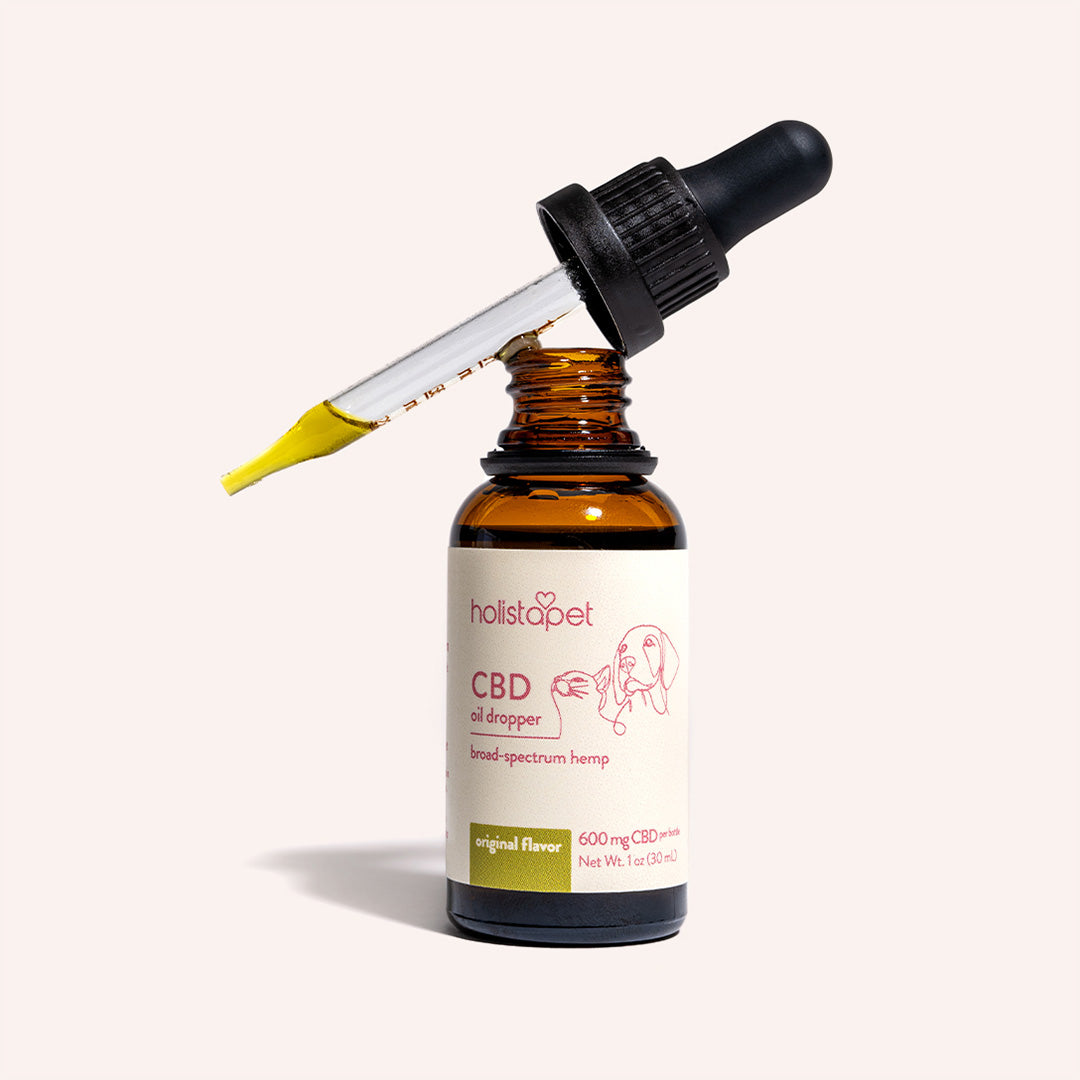
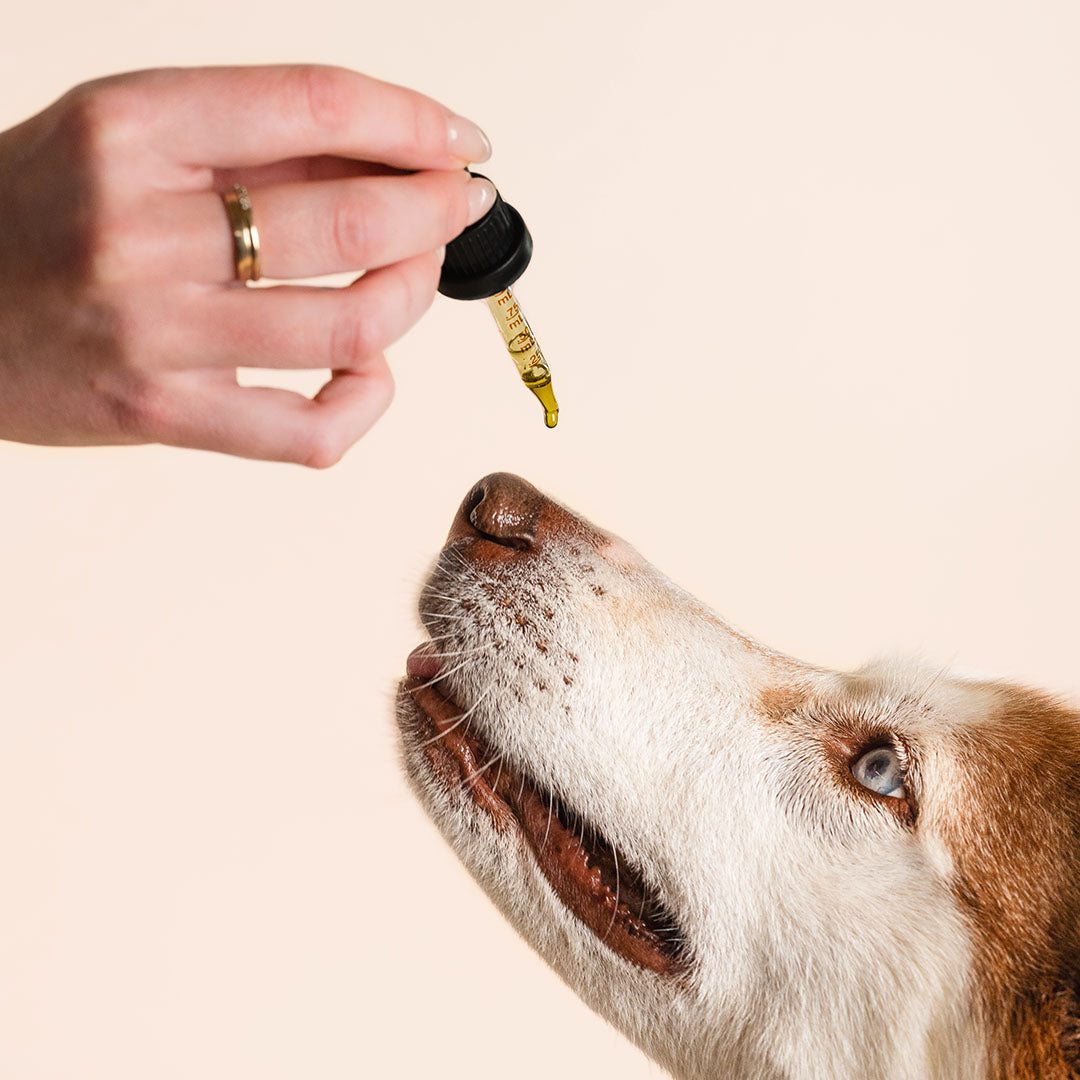
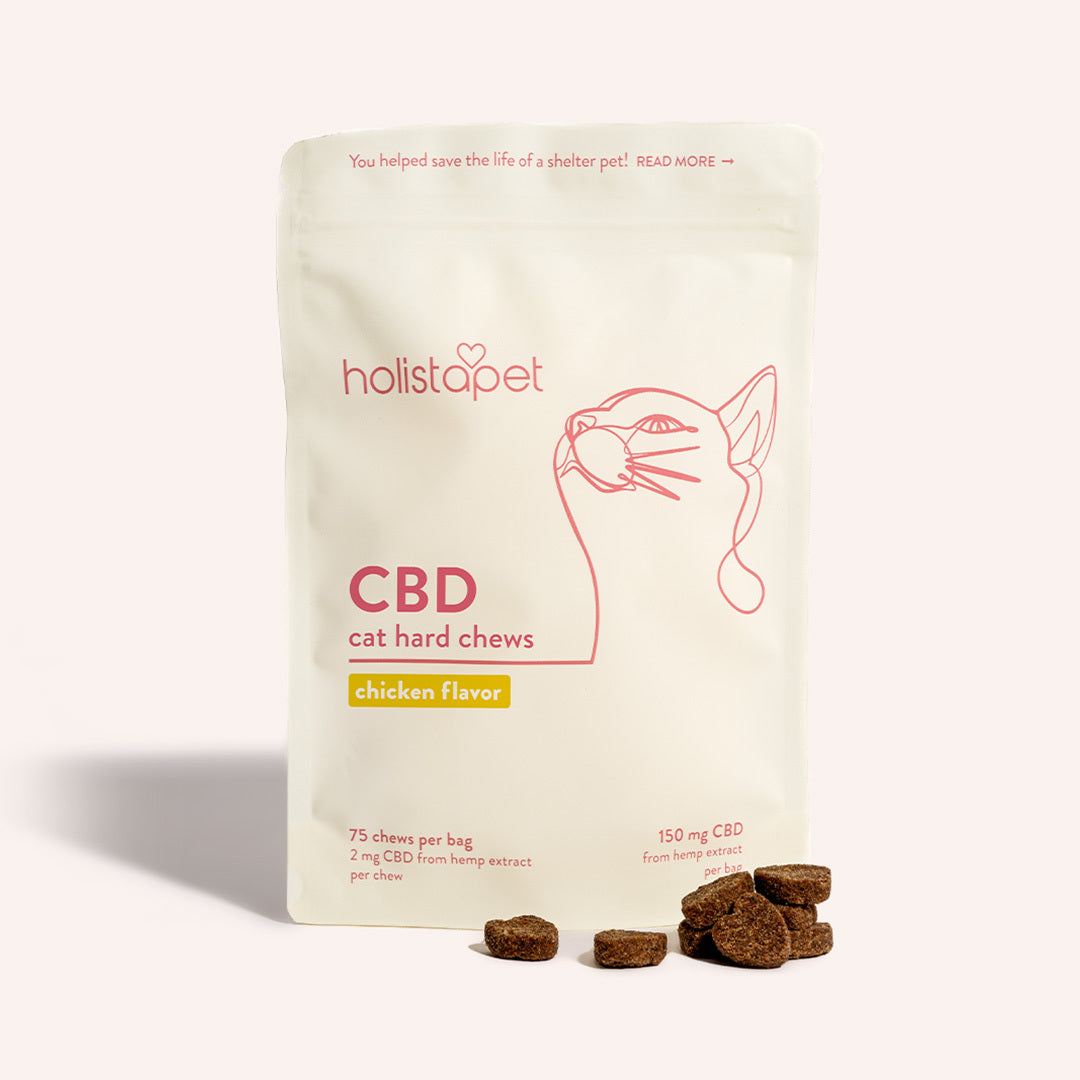
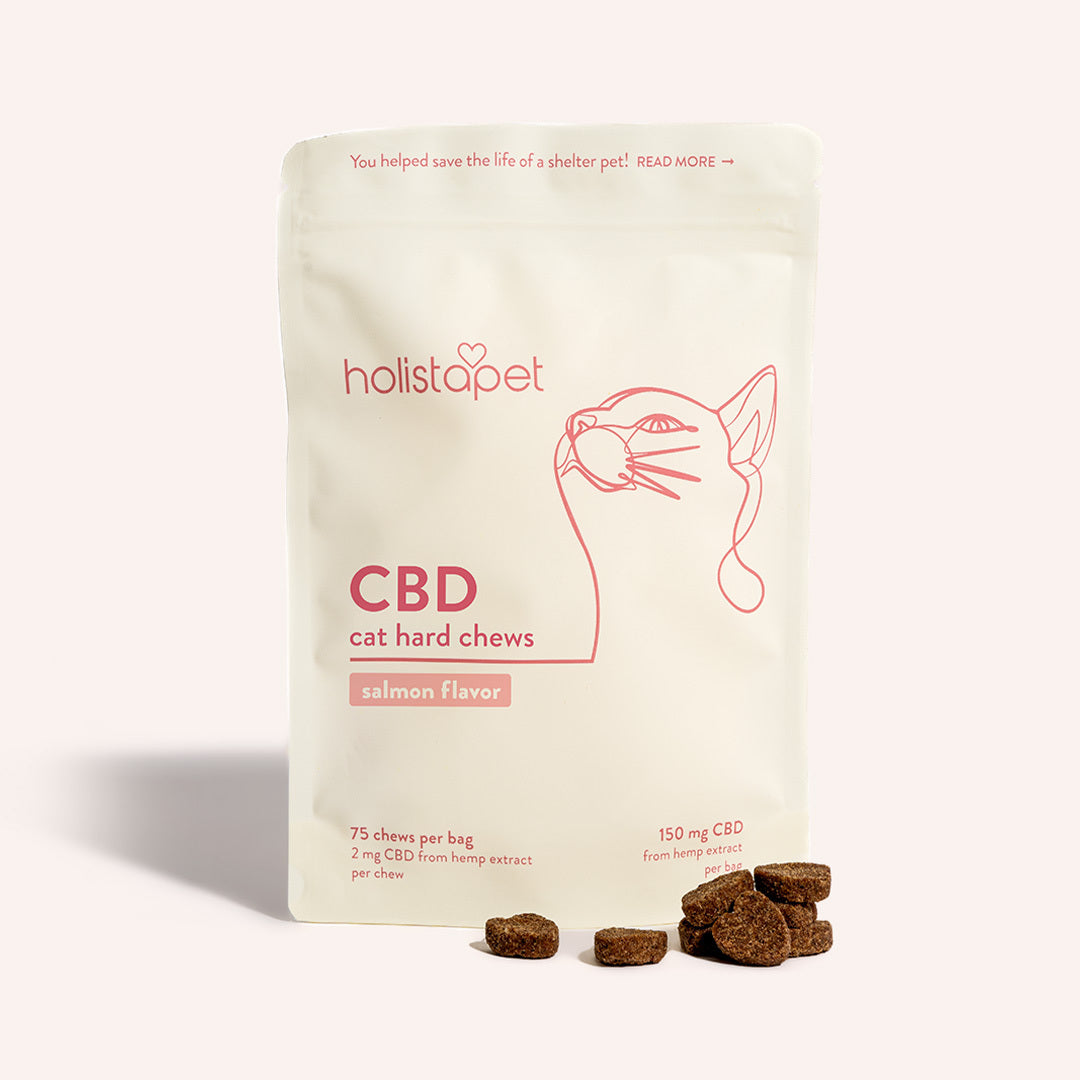
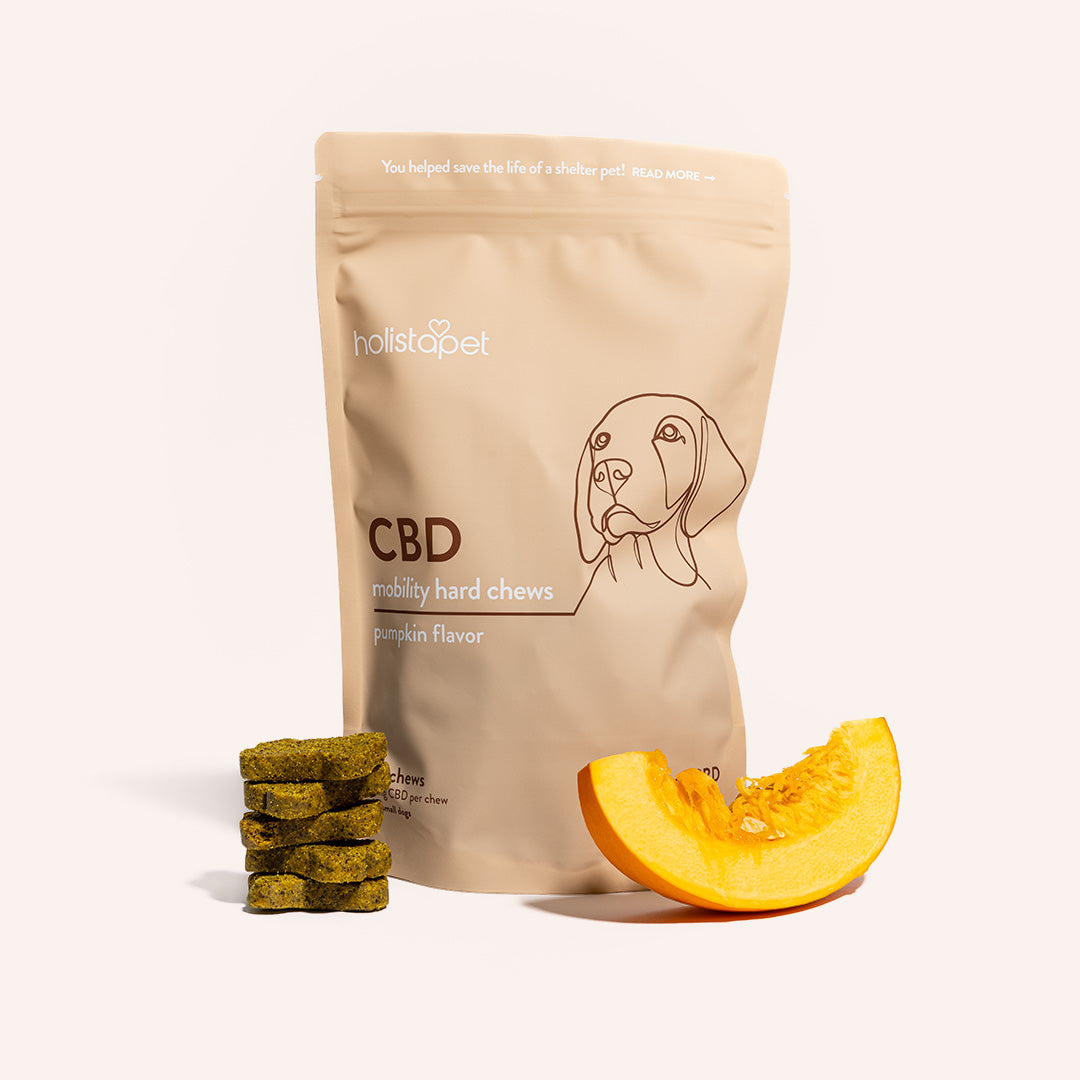
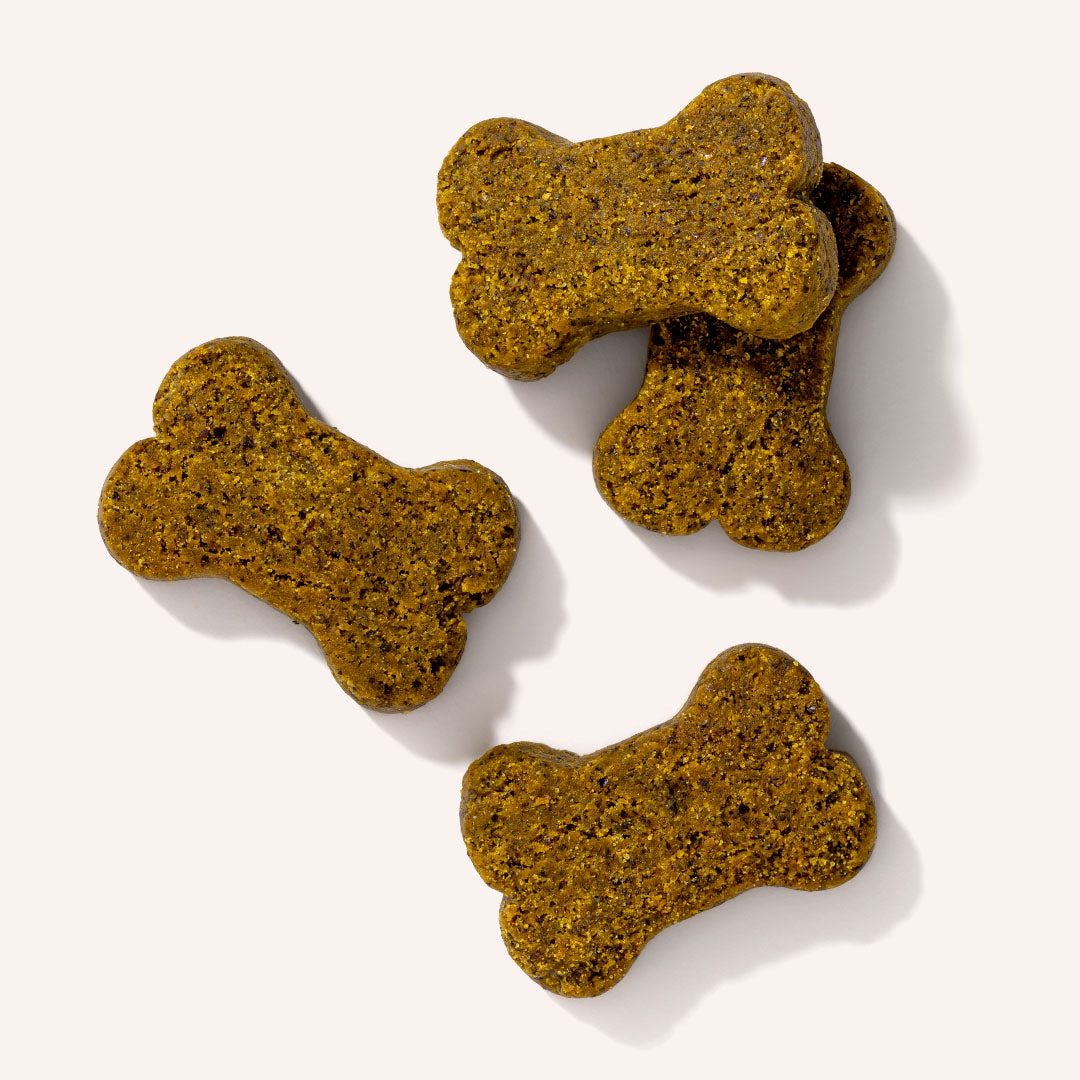

Leave a comment
All comments are moderated before being published.
This site is protected by hCaptcha and the hCaptcha Privacy Policy and Terms of Service apply.